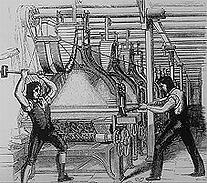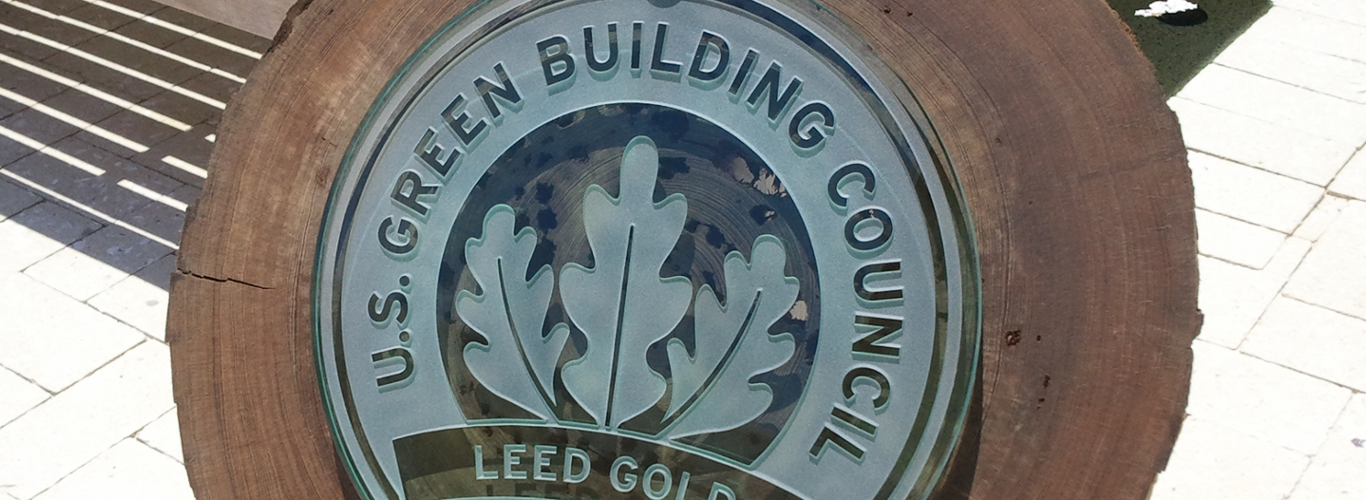Designing & Building A LEED Certified Home
What you should know when considering the construction of a LEED Certified or green home.
 We are (as a Sarasota Fl architect) in the process of designing our second LEED certified home now. I wanted to share some of the process, decision making and what to expect. Our first LEED certified home was for the HGTV television show in 2009, and was the HGTV Green Home for that year. It was Platinum level certified. Our current project in the design development phase now, is located in Southwestern Michigan, and is a new home for my parents. I will tell you more about the project later, but let's talk a little about the process first. There is a lot to think about, but don't get overwhelmed. As a trailblazer in LEED architecture in Florida, we truly understand the demands.
We are (as a Sarasota Fl architect) in the process of designing our second LEED certified home now. I wanted to share some of the process, decision making and what to expect. Our first LEED certified home was for the HGTV television show in 2009, and was the HGTV Green Home for that year. It was Platinum level certified. Our current project in the design development phase now, is located in Southwestern Michigan, and is a new home for my parents. I will tell you more about the project later, but let's talk a little about the process first. There is a lot to think about, but don't get overwhelmed. As a trailblazer in LEED architecture in Florida, we truly understand the demands.
First, assemble your team. Select a sustainable design experienced architect that has already done LEED certified projects, and who has long term commitment to sustainable design solutions. Green Design should be in the architects DNA, not a segment of their practice. LEED has been around for about 15 years now, and well within the main stream for 6-8 years now, so if your architecture design team has not been engaged, what could they be waiting for? Many architects can talk the LEED certification talk now, but can they (and have they) back up the talk by walking the walk. The architect designing your house should be a LEED accredited professional. (LEED AP)
Get some help with the design of the mechanical systems including the cooling and heating systems. In most jurisdictions you are not required to have a licensed mechanical engineer involved in your single-family residential project. This design work is typically left up to the subcontractors to figure out the details of the design. In a high-performance building it is important to have expertise available to design the systems. Don't leave it up to the subcontractor to do the system he is most familiar with. You want your design team to look at systems that far exceed the code minimum requirements.
 Bring your general contractor on board as soon as your design team has a concept design established. Designing a high performance home requires an integrated design and construction team working together to optimize the outcomes. The general contractor can provide valuable knowledge on construction techniques suitable for your area and climate zone. The GC can provide preliminary cost estimating during each phase of the development of the design to make sure your project stays on budget. The GC can bring in their subcontractors into the discussion to provide input into the selection of building systems to be used on your project. I suggest getting several references for good experienced general contractors and then narrowing that list down to two or three contractors that you would like to interview in person. Don't base your decision strictly on price. Remember that you are in the early design stage of the project at this point and many of the details and systems have not yet been established. A hard bid at this phase is not possible. Look more at qualifications, past experience and how the general contractor calculates his fee. And the general contractor should have LEED accredited professionals on staff.
Bring your general contractor on board as soon as your design team has a concept design established. Designing a high performance home requires an integrated design and construction team working together to optimize the outcomes. The general contractor can provide valuable knowledge on construction techniques suitable for your area and climate zone. The GC can provide preliminary cost estimating during each phase of the development of the design to make sure your project stays on budget. The GC can bring in their subcontractors into the discussion to provide input into the selection of building systems to be used on your project. I suggest getting several references for good experienced general contractors and then narrowing that list down to two or three contractors that you would like to interview in person. Don't base your decision strictly on price. Remember that you are in the early design stage of the project at this point and many of the details and systems have not yet been established. A hard bid at this phase is not possible. Look more at qualifications, past experience and how the general contractor calculates his fee. And the general contractor should have LEED accredited professionals on staff.
One side thought: I think it is best as the owner to hire the design team and construction team under separate contracts. The design/build delivery method is less successful. Having the design team subservient to the contractor lends itself to mediocrity and reduces accountability.
Remember-Bring your contractor on board early!
To seek and obtain LEED certification for your home you will need a LEED provider. You can connect with your lead provider using the USGBC website to find the lead provider in your area. Sometimes there's more than one in your area. The LEED provider will coordinate with you and your contractor everything that you need to do to seek LEED certification. They can be a valuable resource. They understand the process and they have many connections in their community from other LEED projects they have worked on. You will also need a LEED Rater for your project. Your LEED provider can connect you with Raters in your area. The greater will visit your job site and do inspections and report back the results as part of the certification process. They will also do the preliminary HERS score evaluation and do the blower door test to establish the actual HERS rating at the end of construction. The Rater will assist your GC in helping with quality control on the job site.
Use the LEED for Homes checklist of points as your guide through the project. Have a copy of the LEED for Homes reference guide handy for used by all the team members.
VERY HELPFUL LEED ARCHITECTURE RESOURCES from the USGBC.
Use this link to purchase the USGBC Reference Guide For Homes
Depending on the specifics of your project you may need some additional design consultants at your discretion. You may need interior design services, landscape architecture, acoustical engineering, geotechnical engineering etc.
Now you have your core team together. Work together to design a fantastic Sustainable home!
To speak live to one of the nations most experienced and talented LEED accredited architectural firms, use the button below.

